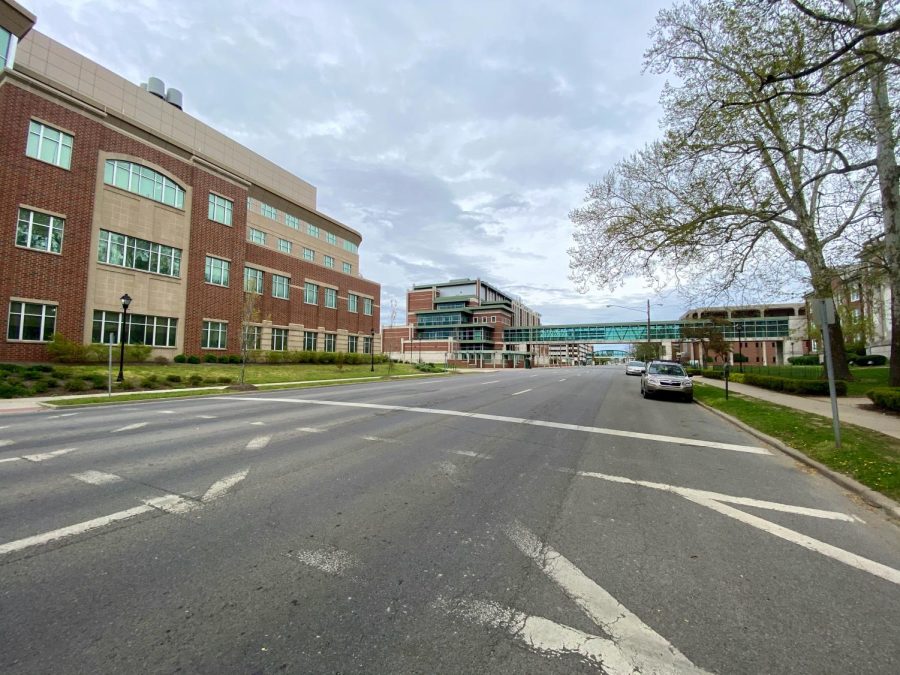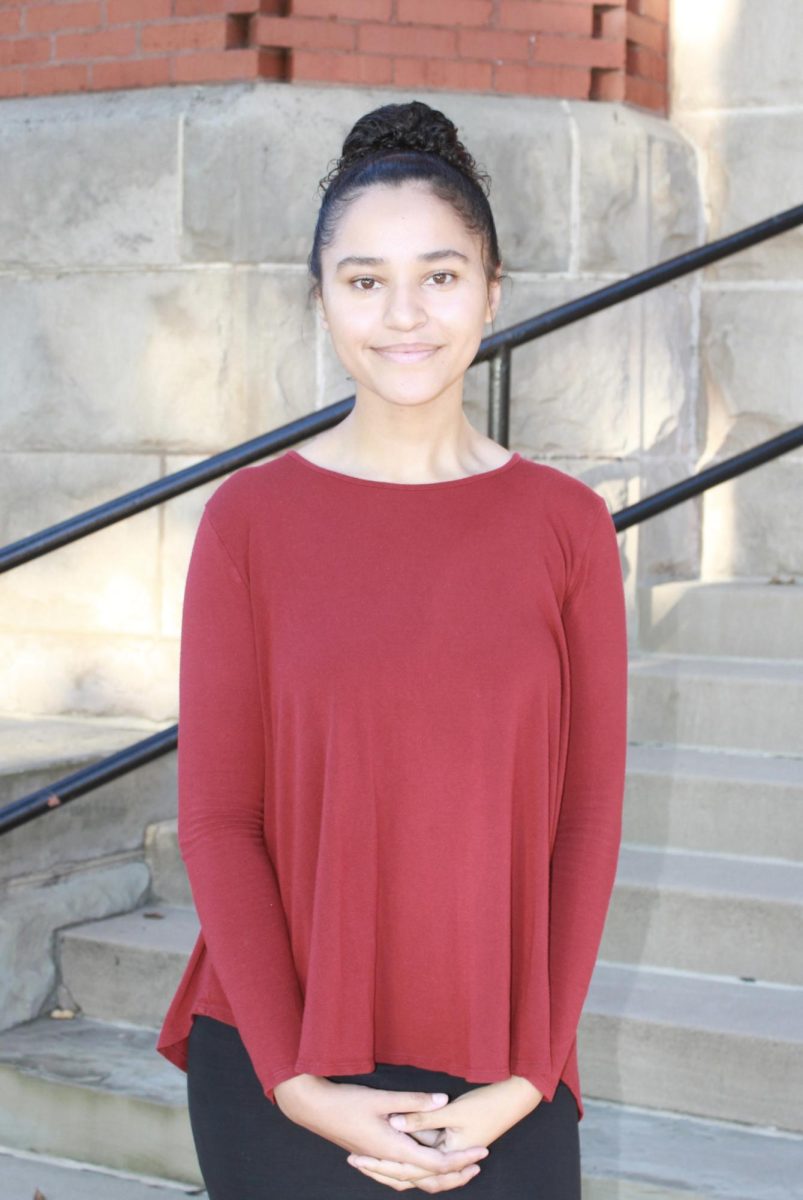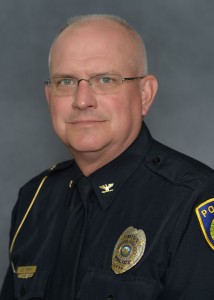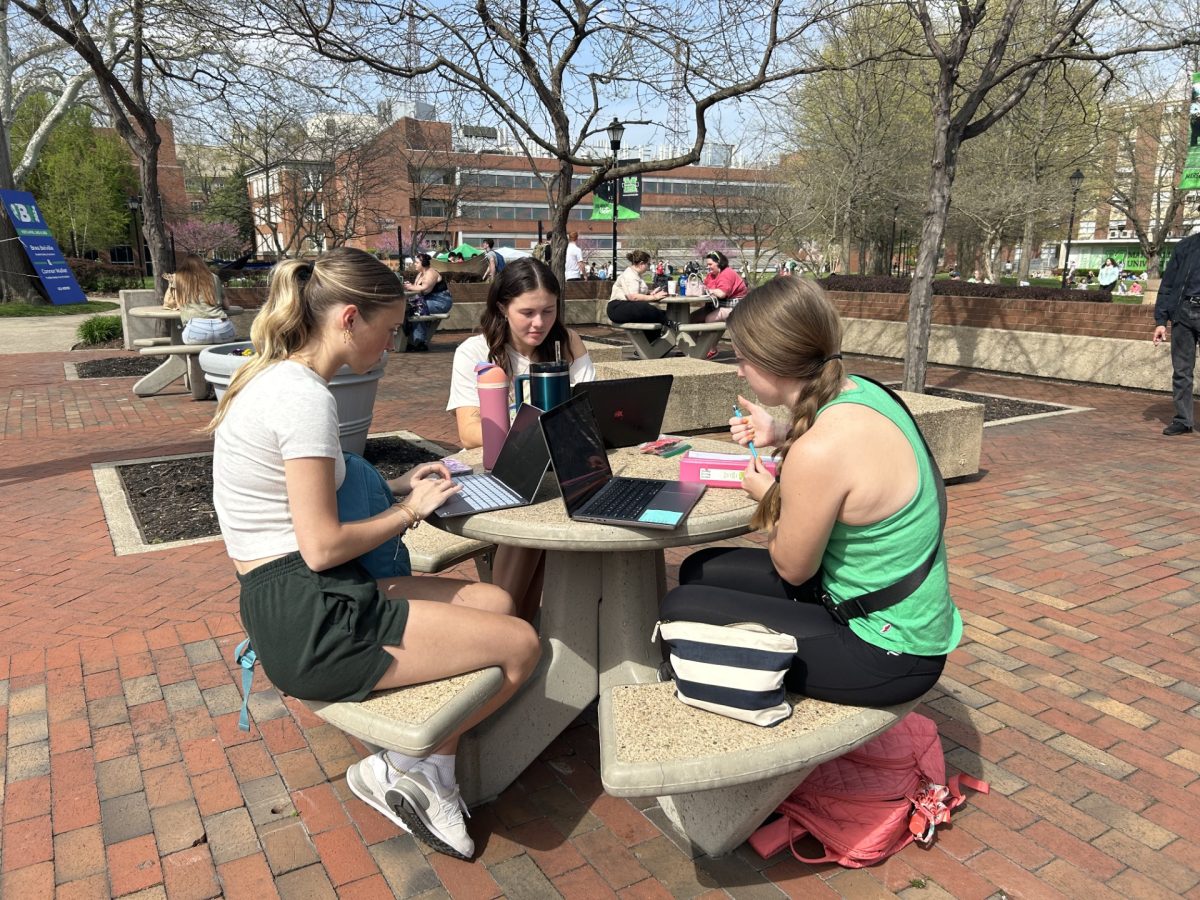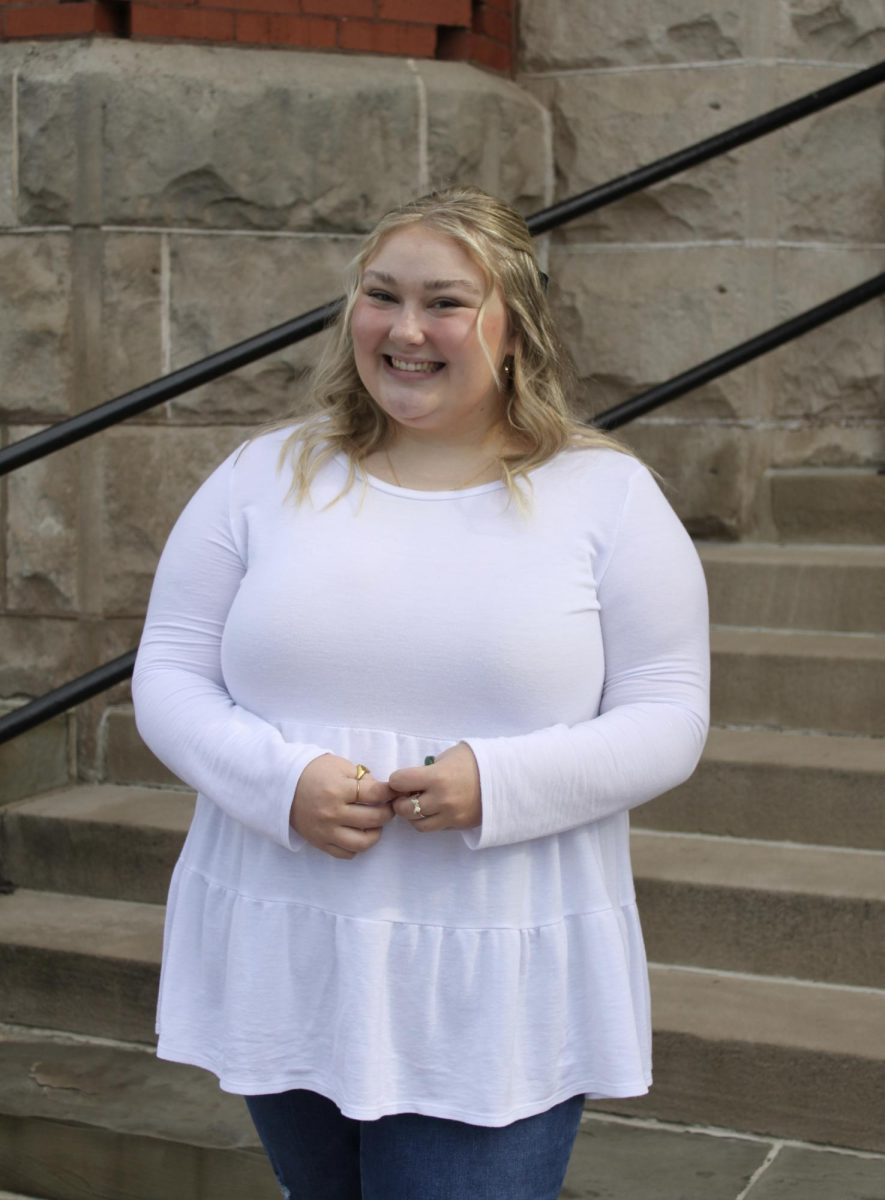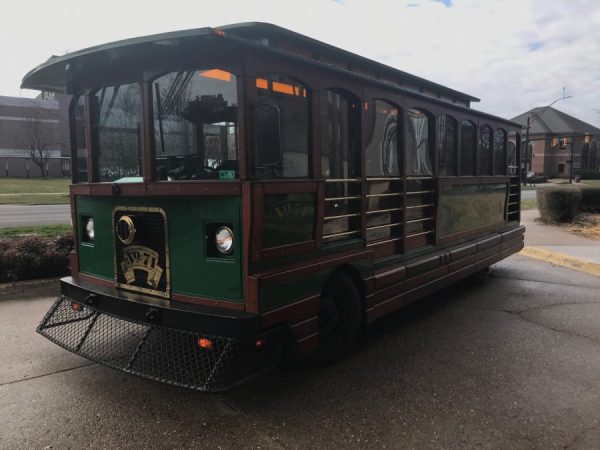Traffic Calming Needed on 3rd and 5th Ave, According to Infrastructure Project
April 5, 2022
Implementing some “traffic calming” on and around the Marshall campus would benefit the entire community, according to an architect involved in the new “Infrastructure: Safety, Accessibility and Design” project.
At a lecture hosted by the Society of Yeager Scholars, local and national experts on infrastructure and road safety discussed how to make streets safer around Marshall’s campus and in Huntington overall.
“There was really an opportunity that we identified to create this people-centric space: have some traffic calming,” Phoebe Patton Randolph, one of the three guest speakers and the firm principal at Edward Tucker Architects Inc., said. “I don’t know if you guys know this, but Marshall’s population actually corresponds to about 38% of the population of the city of Huntington.”
“So, it’s a significant percentage,” Randolph continued. “Balancing out the needs of the university and the campus with everything else that’s happening within the city and the framework is really important.”
Randolph also said that due to the amount of space that 3rd and 5th avenues have, there is a great opportunity to create safer conditions for pedestrians and bicyclists.
“One of the things that we identified really quickly and that had been studied in prior studies as well is that there is just a lot of excess capacity on 3rd and 5th avenues,” Randolph said. “So, there is a lot of room there… There is also an opportunity at that point for creating space for bicycles, pedestrians [and] green space.”
“So, 5th avenue is about 92 feet wide, which in the transportation field is quite wide,” Randolph said. “3rd avenue also has 92 feet right of way. So, both streets have a lot of room to work with. And there have been, unfortunately, a lot of incidents where there have been traffic accidents, pedestrian injuries and fatalities. It is something that I think has been identified for a long time as a problem.”
A current popular transportation policy is called, “Complete Streets.” This means ensuring safety and mobility for drivers, pedestrians and bicyclists of all ages and ranges of abilities.
“Complete streets really is something that is taking off more in the transportation world,” Randolph said. “It’s something that I think over the last 20 to 30 years has really become something that is respected and understood and that is more possible to implement.”
“So, we’ve seen over the years a lot of recommendations for 3rd and 5th avenues that comply with those recommendations and those principles,” Randolph said. “I’m really hopeful that when the timing is right, we start to see some of those principles implemented.”
“Look at what’s happening with the rate of growth of pedestrian and bicycle fatalities,” Thomas Smith, the second speaker and senior transportation advisor for the Appalachian Regional Commission, said. “These are growing much faster. It really argues for a Complete Streets approach… Trying to make our roads safer for all road users will certainly benefit pedestrians and bicyclists… We have been a little bit automobile-centric, and it is time to get beyond that.”
Smith said that transportation officials are taking an innovative approach at examining roadway accidents.
“In the past the approach to roadway safety was to take more of an incremental approach and to say, ‘If we can just get to 50,000 down to 30,000 [fatalities] we’ll be doing good,’ Smith said. “We tended to also chase hot spots.”
“We sort of blamed the road,” Smith said. “If we can find clusters of accidents that must mean something is wrong with the road and we go fix the road. Sad to say, we also blamed drivers. How many times have we had crashes excused or written off because of failure to control a vehicle?”
“What you’re going to see in this new safety strategy is we really do a better job of going beyond just the sort of oversimplified ways of dealing with roadway safety,” Smith said.
Accessibility for people with disabilities is also considered when looking at roadway plans.
“If you think about the criteria for accessibility—some of you may be aware, it’s the Public Right of Way Accessibility Guidelines or PROAG,” Dr. Ronald Eck, the last speaker and professor emeritus of civil engineering at West Virginia University, said, “If you read the preamble to the PROAG, it basically says that what’s in the document is intended to provide accessible and useable facilities.”
“I point that out to show that it doesn’t mention safety,” Eck said. “Really, engineers and designers, builders and maintainers of facilities used by people on foot must use their education, their knowledge, their experience to build in safety into these facilities. I think one way to accomplish this is to understand pedestrian behavior.”


